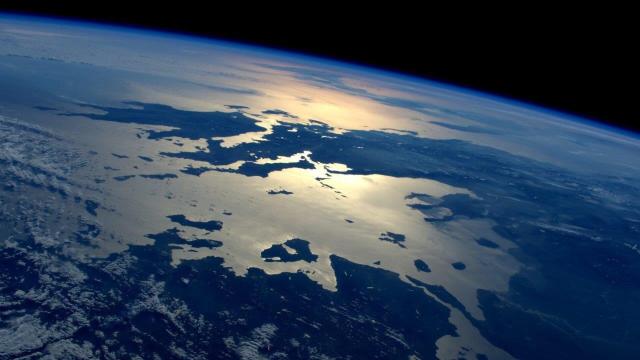A Chinese satellite almost bit the dust on Tuesday when debris produced by Russia’s 2021 anti-satellite test zipped past at an uncomfortably close distance.
China Aerospace News announced the close encounter on Weibo, saying an early warning system managed by China’s Space Debris Monitoring and Application Centre detected the possible collision. Thankfully, nothing bad happened.
The Tsinghua Science Satellite, known to NORAD as object 46026, was projected to make “an extremely dangerous rendezvous” with debris caused by Russia’s destructive anti-satellite (ASAT) test from November 15, 2021, according to China’s space administration. The closest approach happened on January 18, when Tsinghua came within 14.5 metres of the wayward fragment, according to China National Space Administration.
Jonathan McDowell from the Harvard-Smithsonian Centre for Astrophysics said U.S. tracking independently confirmed the close encounter, while cautioning that uncertainties exist about the actual distances involved. Speaking to SpaceNews, McDowell said it’s “very unlikely China’s tracking can determine this distance to an accuracy of better than 100 metres or more, so ‘within a few hundred metres’ is probably all they can reliably say.”
Last November, Russia used a missile to deliberately blow up Cosmos-1408, a defunct 2,000 kg satellite launched in 1982. The resulting debris field forced ISS astronauts and cosmonauts to seek shelter. U.S. Space Command said the test produced at least 1,500 bits of trackable debris that “will likely generate hundreds of thousands of pieces of smaller orbital debris” over time. NASA administrator Bill Nelson issued a statement the following day, saying he was “outraged” by the test and that “[a]ll nations have a responsibility to prevent the purposeful creation of space debris from ASATs and to foster a safe, sustainable space environment.”
The orbit of the Tsinghua Science Satellite ranges from 478 to 499 km above Earth’s surface, where it has been performing atmospheric and gravity measurements since being launched in 2020. Chinese state officials have not yet commented on the ASAT test, nor are they expected to given the country’s own ASAT test from 2007, which likewise produced a dangerous debris field. The U.S. and India have also performed successful ASAT tests, in 2008 and 2019.
In a related incident from March 2021, Russian space junk, specifically the discarded remnants of an old rocket, smashed into and destroyed China’s Yunhai 1-02 satellite. Near misses and collisions are expected to increase as more objects are tossed into low Earth orbit, and as space debris begets more space debris, in a process known as Kessler Syndrome. An estimated 330 million bits of debris currently exist in the space above Earth.
